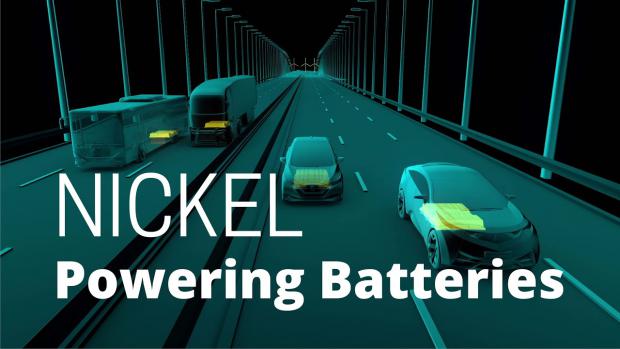
Breaking News
 Christmas Truce of 1914, World War I - For Sharing, For Peace
Christmas Truce of 1914, World War I - For Sharing, For Peace
 The Roots of Collectivist Thinking
The Roots of Collectivist Thinking
 What Would Happen if a Major Bank Collapsed Tomorrow?
What Would Happen if a Major Bank Collapsed Tomorrow?
Top Tech News
 Travel gadget promises to dry and iron your clothes – totally hands-free
Travel gadget promises to dry and iron your clothes – totally hands-free
 Perfect Aircrete, Kitchen Ingredients.
Perfect Aircrete, Kitchen Ingredients.
 Futuristic pixel-raising display lets you feel what's onscreen
Futuristic pixel-raising display lets you feel what's onscreen
 Cutting-Edge Facility Generates Pure Water and Hydrogen Fuel from Seawater for Mere Pennies
Cutting-Edge Facility Generates Pure Water and Hydrogen Fuel from Seawater for Mere Pennies
 This tiny dev board is packed with features for ambitious makers
This tiny dev board is packed with features for ambitious makers
 Scientists Discover Gel to Regrow Tooth Enamel
Scientists Discover Gel to Regrow Tooth Enamel
 Vitamin C and Dandelion Root Killing Cancer Cells -- as Former CDC Director Calls for COVID-19...
Vitamin C and Dandelion Root Killing Cancer Cells -- as Former CDC Director Calls for COVID-19...
 Galactic Brain: US firm plans space-based data centers, power grid to challenge China
Galactic Brain: US firm plans space-based data centers, power grid to challenge China
 A microbial cleanup for glyphosate just earned a patent. Here's why that matters
A microbial cleanup for glyphosate just earned a patent. Here's why that matters
 Japan Breaks Internet Speed Record with 5 Million Times Faster Data Transfer
Japan Breaks Internet Speed Record with 5 Million Times Faster Data Transfer
EV Companies Not Using Iron LFP Batteries Are Doomed

LFP battery volume will be about 80% of the total battery market in 2024-2025. Nickel prices are increasing and LFP battery mass production will drive down their prices faster. Iron LFP batteries could become three times less expensive than nickel batteries.
EV Companies without Iron LFP batteries will only have the supplies to compete for 20% of the EV market in 2015. If Tesla retains 60% of the nickel battery EV market, then legacy auto combined will have a maximum of 10% of the EV market in 2025. It will take a minimum of 2-3 years and probably longer to launch new iron LFP EV models and to build and adapt factories. EV Companies with 1-2% market share will have massive economies of scale disadvantages. They will also be using more expensive batteries with further cost disadvantages.
Ford's EV plans are for 240 GWh of annual global EV battery capacity by 2030 which would be enough for 2 million F150 Lightning. Ford and SK On have to actually execute to reach that level of battery production and Ford will have to make the factories to build the EVs and Ford will have to be able to successfully sell those EVs. Ford will get about 80% (up to 170-185 GWh) from SK On.
SK On's second plant in Georgia, US: 11 GWh
Ford and SK Innovation's SK On joint venture (BlueOvalSK): 129 GWh
1) Stanton, west Tennessee – Blue Oval City (43 GWh) – 2025
2) and 3) Glendale, central Kentucky – BlueOvalSK Battery Park (2x 43 GWh) – 2025
New JV in Turkey: 30-45 GWh
Total: 170-185 GWh or 70-77% out of 240 GWh total

 The State's Last Stand
The State's Last Stand


